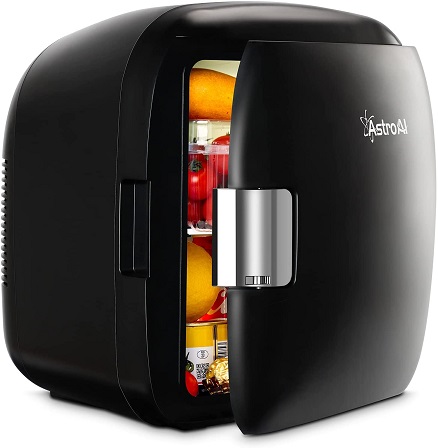
Refrigerators are one of the most essential gadgets of every household in the present times. It is one of the biggest power consumers as they run round the clock in most of the houses. This holds true, especially during the summer seasons. That is the time when cooked food, fruits and vegetables are more susceptible to getting spoiled.
If you have to keep your fridge or portable mini fridge running 24 hours a day, there are other ways to save on the energy cost. Running the equipment throughout the day does not necessarily mean that you have to pay huge electricity bills.
In this article, we have listed 8 Steps to Reduce Your Refrigerator’s Energy Cost. These tips will help you to keep your food fresh within a budget.
Starting with your Refrigerator’s Energy Cost Reduction
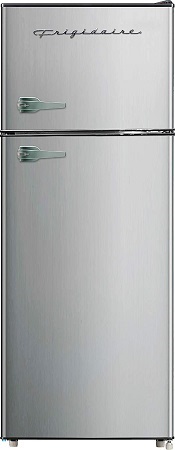
Before we start with the tips, keep in mind that old refrigerators consume more electricity. So if you have a really old piece, invest in buying new equipment. This investment will help you to save a lot of money in the long run.
The new refrigerators are equipped with advanced technologies. They help to keep your food fresher, and that too at a very nominal cost. While making the purchase, ensure that you are opting for an energy-efficient appliance.
Now that you have a new fridge, let’s start with the economical tips.
Step 1: Put your refrigerator in the right location
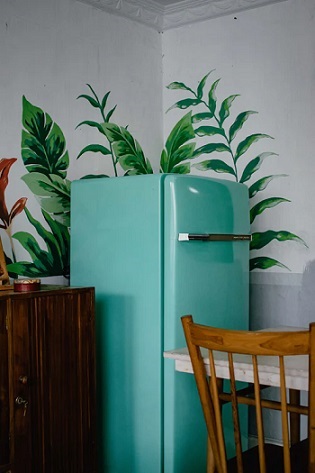
To reduce the energy cost of your fridge, it is essential to keep it in the right place. Never keep your refrigerator near a heat source. Irrespective of whether you have a stand-alone or built-in fridge, it should have enough ventilation. This will ensure that the compressor does not run continuously. Also, it should be kept away from direct sunlight.
Step 2: Always make sure to close your fridge’s door(s)
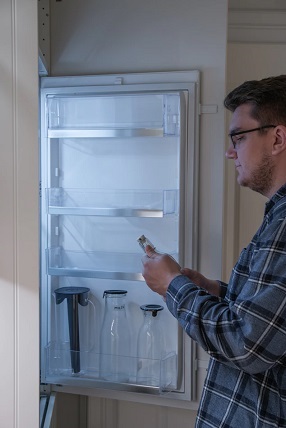
You should never keep the door(s) of the refrigerator open for a long time. It is because when you open the door, cold air from inside escapes and the ambient air from outside enters. This increases the temperature inside the equipment. As a result, the fridge has to work more to bring down the temperature and thus uses more energy for it. So, never keep the door(s) of your refrigerator unnecessarily open.
Step 3: Do not forget to defrost the freezer

If you have the self-defrosting freezer then you will not have to worry about this. However, for freezers that come with manual deforestation, you will have to keep a close eye. Do not let a lot of ice accumulate inside the freezer. It is because the layer of ice acts as insulators, and then the equipment has to use more energy to keep the interiors cool.
Step 4: Always look at fridge’s maintenance
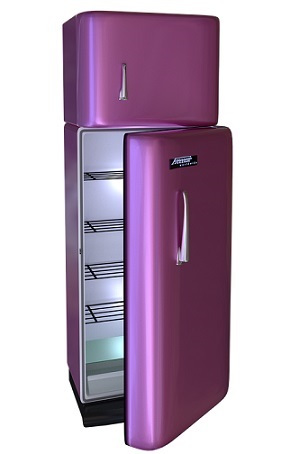
To improve the energy efficiency of the freezer, ensure that it’s maintained properly. Do not forget to dust the radiators at the back of your appliance. Check the door(s) seals regularly, and repair it in case it does not close properly.
In case you will be going out of your home for a long time, do the following things:
- Turn off the fridge and unplug it.
- Empty the appliance completely.
- Clean it thoroughly with a disinfectant.
- Leave the door(s) open until you return.
Step 5: Never put hot food inside the refrigerator

Make sure not to put hot food inside the refrigerator ever. Cool it down to room temperature and then place it. There are two reasons behind this:
- Hot food would increase the temperature inside. Thus, the fridge will consume more energy to cool it down.
- Also, this practise makes the food lose its nutritional value.
Step 6: Maintain the right temperature inside your fridge
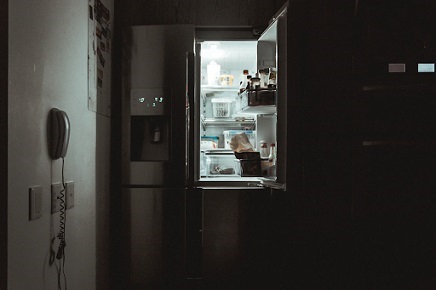
You might not always get the temperature that you set for your fridge. Sometimes, it can be hotter while in other cases, it can be cooler than the assigned temperature. However, the optimal temperature at which your fridge would operate perfectly is 5 degrees C.
Remember that as the temperature inside the fridge decreases, it adds up to your electricity bills. Maintaining temperature accurately will result in energy efficiency.
Step 7: Do not overstuff your refrigerator
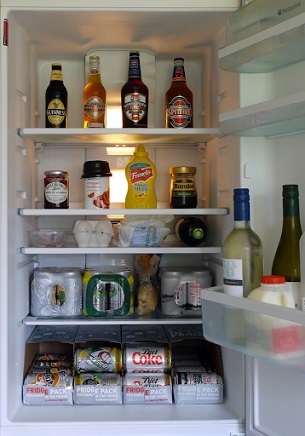
A full refrigerator might look interesting, but it will decrease the efficiency. Firstly, if the fridge is full then it will take more energy for the refrigerator to cool them down. And secondly, It will also restrict the overall airflow inside the appliance. You should also store food in the assigned place and proper containers for best results.
With adequate space, the airflow will be optimal and that will increase the refrigerator’s efficiency. And thus, there will be a reduction in the energy bills.
Step 8: Use the energy-saver settings
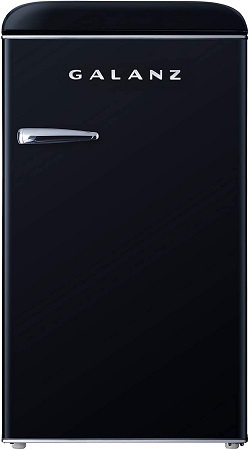
Not all the refrigerators come with this feature, but many new models are equipped with it. They have built-in compact heaters, placed on the walls of the refrigerators. This prevents the humidity from condensing on the surface of the appliance. So unless you have a lot of condensation on the sides of your fridge, you can switch on the power saver mode and reduce your electricity bills.
Conclusion
These are some of the steps you should perform to make your refrigerator more economical. Invest in energy-efficient refrigerator models. They might cost more, but will save a lot of your money in the long run.
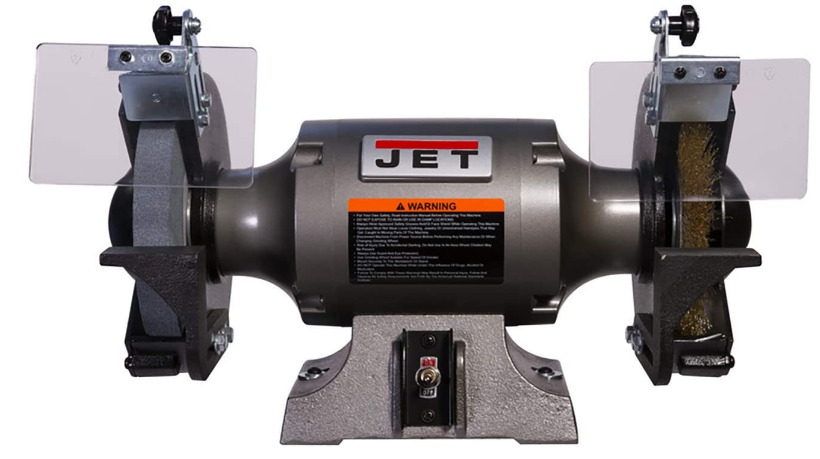 Jan 8, 2024
Jan 8, 2024 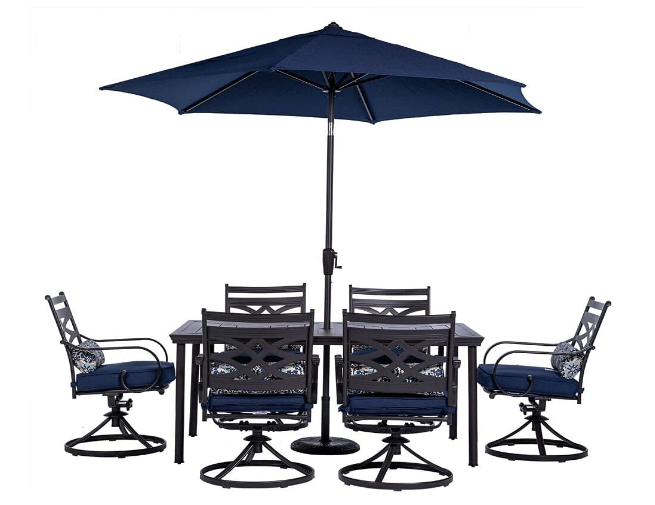 Jan 8, 2024
Jan 8, 2024 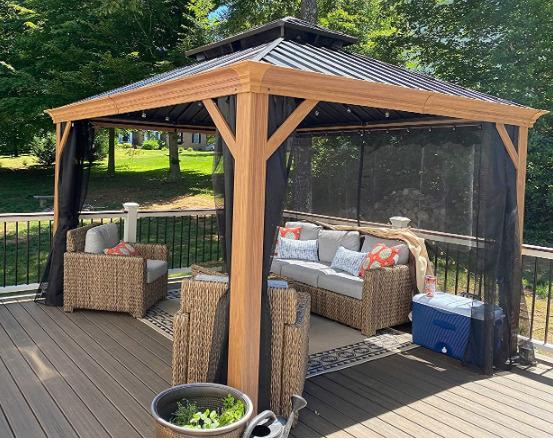 Jan 8, 2024
Jan 8, 2024 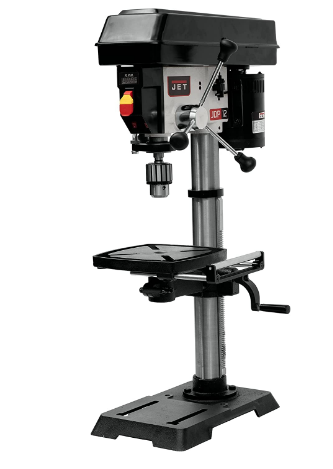 Jan 8, 2024
Jan 8, 2024 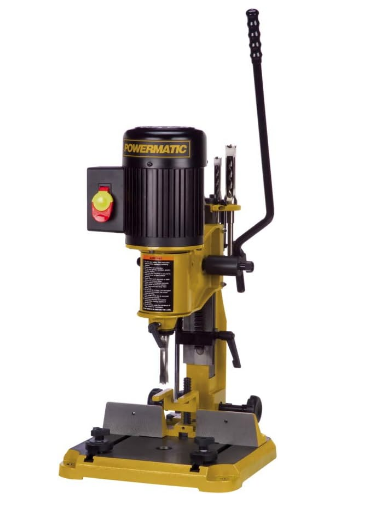 Jan 8, 2024
Jan 8, 2024